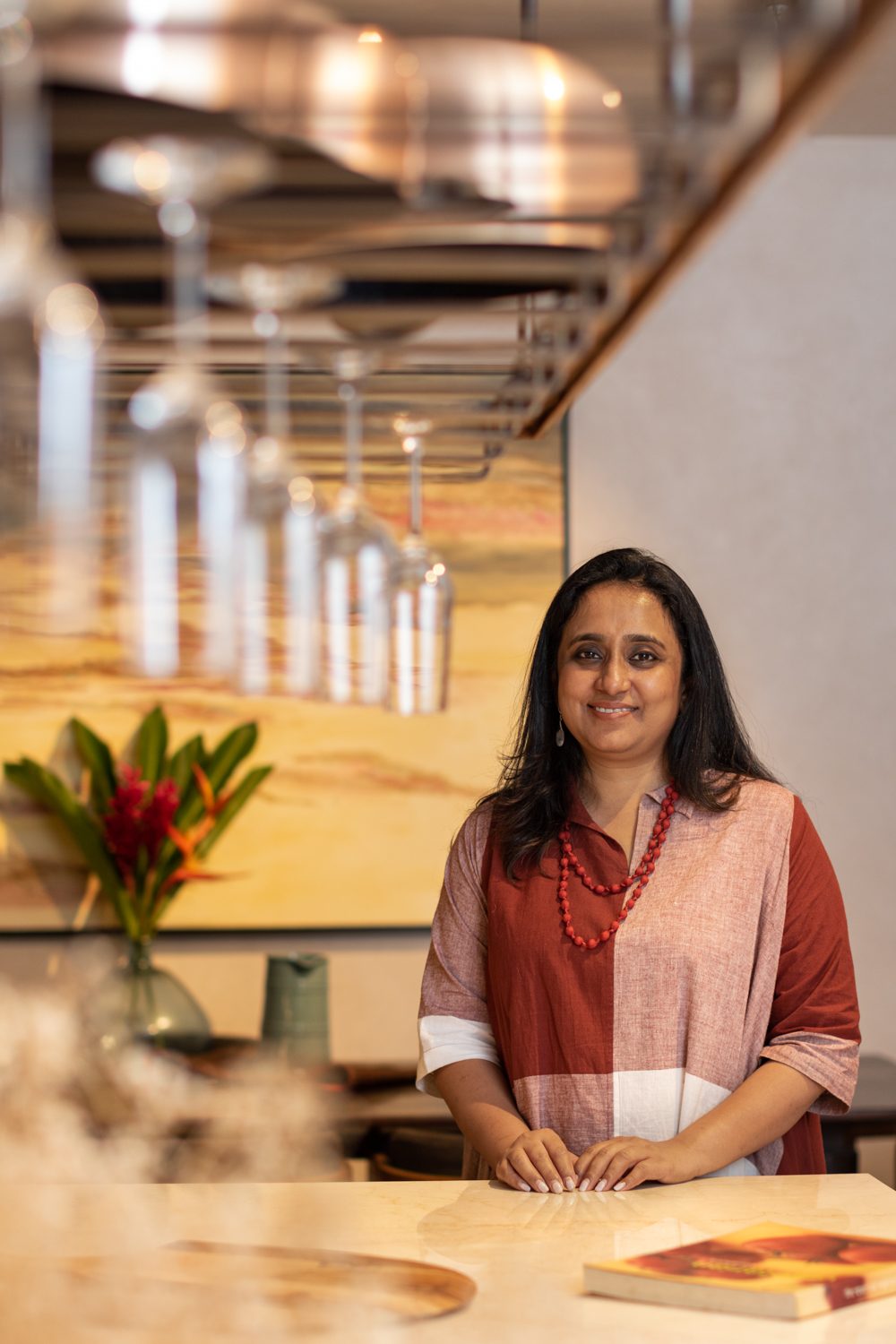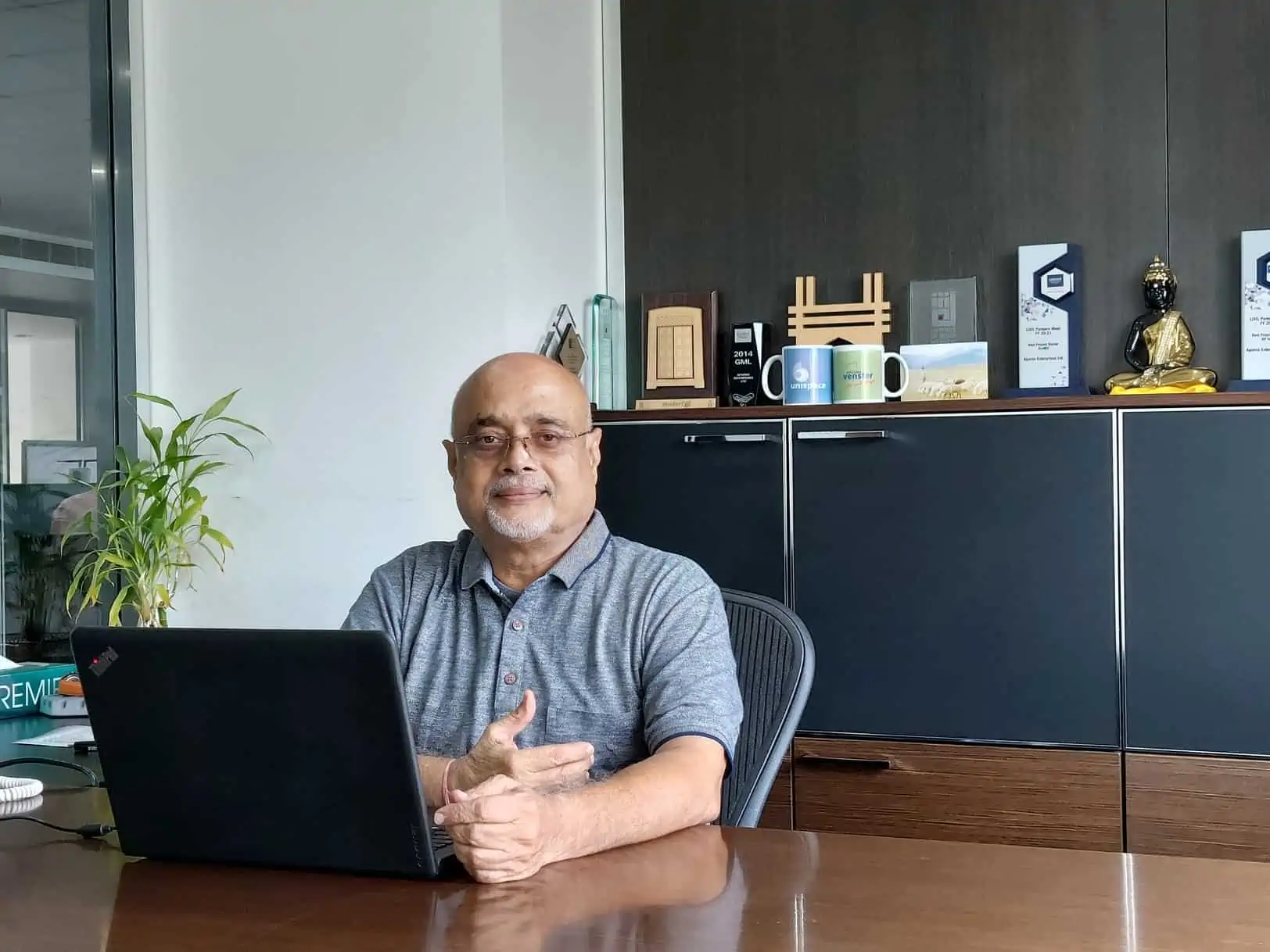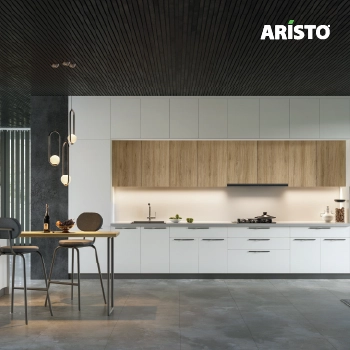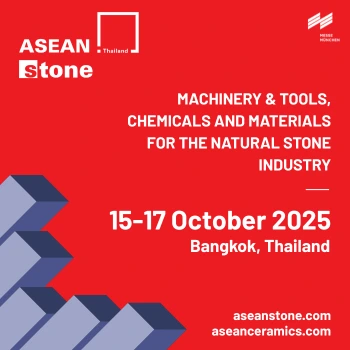Tiles have emerged as a trustworthy, durable, and popular option for flooring and even wall tiling. It is well-known that the right kind of floor tiles and wall tiles can magically transform the visual appeal of your home. Ceramic tiles and vitrified tiles have long been crowd-favourites for a reason. Today, we will dissect the fundamental differences between ceramic tiles and vitrified tiles and also discuss which is a better option for you – ceramic vs vitrified tiles!
Contents
- 1 Ceramic tiles vs vitrified tiles: Detailed comparison
- 1.1 Parameters
- 1.2 Ceramic tiles
- 1.3 Vitrified tiles
- 1.3.1 Composition
- 1.3.2 Manufacturing process
- 1.3.3 Porosity
- 1.3.4 Strength
- 1.3.5 Durability
- 1.3.6 Scratch and stain resistance
- 1.3.7 Anti-slip properties
- 1.3.8 Finish
- 1.3.9 Glazing
- 1.3.10 Colours
- 1.3.11 Sizes available
- 1.3.12 Water absorption
- 1.3.13 Installation
- 1.3.14 Care and maintenance
- 1.3.15 Repair and replacement
- 1.3.16 Brands
- 1.3.17 Price range
- 1.3.18 Area of use
- 1.3.19 Advantages
- 1.3.20 Disadvantages
- 2 Ceramic tiles vs vitrified tiles – Which is better?
- 3 FAQs
- 4 Floor tiles 4x4 price per box: Brand price list & installation cost in 2025
Ceramic tiles vs vitrified tiles: Detailed comparison
Parameters |
Ceramic tiles |
Vitrified tiles |
Composition |
Made with clay and other natural materials like feldspar, silica sand, talc, etc. | These are a type of ceramic tiles but have additional materials like silica, clay, and quartz. |
Manufacturing process |
They are produced by firing clay and other materials in a kiln at high temperatures. | Several raw materials are mixed and heated to a high temperature, giving them a glossy appearance and non-porous texture. |
Porosity |
They are porous meaning they readily absorb water and stains, making them suitable for areas with lower exposure to water. | They have low porosity making them water and stain-resistant. Thus, they are suitable for both indoor and outdoor use. |
Strength |
Relatively, ceramic tiles have a lower level of strength as compared to vitrified tiles. | The process of vitrification makes vitrified tiles stronger and more durable than ceramic tiles. |
Durability |
They are durable but they are better suited to low to moderate foot traffic. | They are extremely durable and can tolerate heavy foot traffic. |
Scratch and stain resistance |
Ceramic tiles are weaker as compared to vitrified tiles and thus, more susceptible to stains and scratches. | Because of their strong composition, they are better able to resist stains and scratches. |
Anti-slip properties |
These tiles come in matte finishes and thus, become less wet and have better anti-slip capability. | These tiles have a glossy finish and thus, are more slippery. |
Finish |
Their matte finish is popular and widely used. | Vitrified tiles usually come in glossy finishes. |
Glazing |
An extra layer of glazing on ceramic tiles can add sheen and protection on top and make them even stronger and durable. | Vitrified tiles go through a process of vitrification thus they don’t require glazing. |
Colours |
They are available in a range of colours, finishes, designs, and shapes. | They are available in a range of colours, finishes, designs, and shapes. |
Sizes available |
600x600mm, 1200x1200mm, 600x1200mm, 1200x2400mm, 800x1600mm. | 2×4 feet, 2×2 feet, 1×1 feet, 145×600 mm. |
Water absorption |
Ceramic tiles are known for their higher water absorption and retention trait which is around 3%. | Vitrified tiles have an extremely low water absorption capacity which is 0.5%, making them resistant to water damage, stains, and fungal growth. |
Installation |
The installation of ceramic tiles is easy but professional help is advised. | The installation of vitrified tiles is also easy but it requires professionals. |
Care and maintenance |
Due to numerous joints, they are harder to clean than vitrified tiles. Use a simple mop, cloth, sponge, or non-metallic brush to clean them. Avoid using harsh chemicals! | Their stain-proof quality makes them easier to clean and maintain. Occasionally, use water and non-abrasive cleaning agents for cleaning. To increase their lifespan, reseal their grouting annually. |
Repair and replacement |
The grout in ceramic tiles allows for easy repair and replacement. You can even replace a single tile separately if damaged. | Vitrified tiles are harder to repair and replace and call for professional help. |
Brands |
Orientbell tiles, Kajaria Ceramics, Somany Ceramics, Nitco tiles, AGL tiles, CERA tiles, H&R Johnson tiles. | H&R Johnson, Kajaria, Orientbell tiles, AGL tiles, HSIL Ltd., Simpolo tiles, Nitco tiles. |
Price range |
Rs. 35 – Rs. 360/sq. ft. | Rs. 60 – Rs. 800/sq. ft. |
Area of use |
Suitable for indoor use, especially kitchen and bathroom. Also used for creating a decorative feature wall. | Suitable for both indoor and outdoor areas like bedrooms, kitchens, parking areas, entryways, etc. |
Advantages |
Low maintenance, durable, affordable, anti-slip resistance, eco-friendly, last for decades, anti-microbial. | Extremely durable, low porosity, smooth finish, stain and scratch resistant, easy to maintain. |
Disadvantages |
Tricky to install, the hard surface makes it uncomfortable to stand on for longer periods, and heavy weight. | Expensive, slippery when wet, challenging to repair, and high replacement cost. |
Ceramic tiles vs vitrified tiles – Which is better?
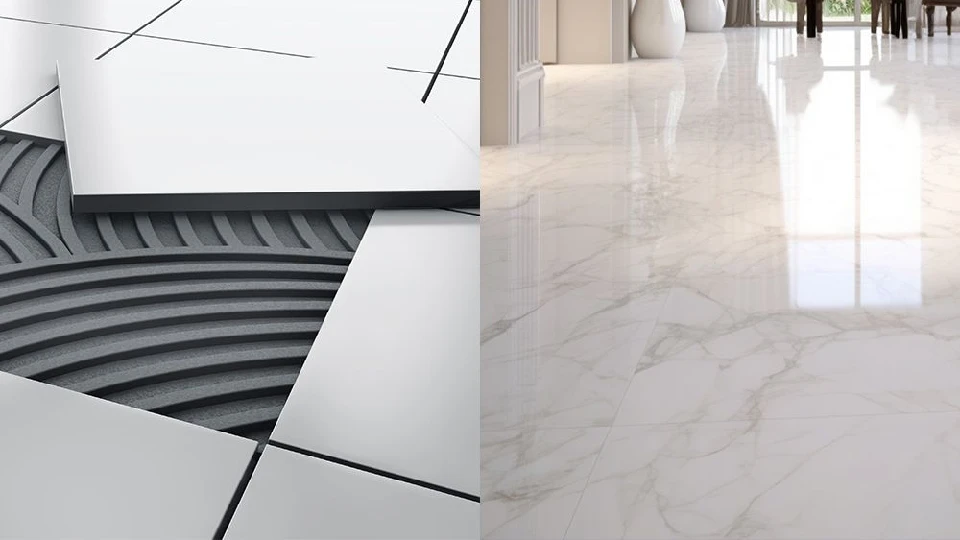
Image Source: blog.hippostores.com
We have listed the major differences along with the pros and cons of ceramic and vitrified tiles, and now the question is which is better—ceramic or vitrified tiles?
- As a floor tile, vitrified tiles fare better because they have greater mechanical strength and impact resistance, unlike ceramic tiles which can break or chip upon high impact. In terms of design and finishes, vitrified tiles showcase a wide variety. For example, digital glazed vitrified tiles offer great designs and styles to choose from.
- As a wall tile, ceramic tiles can be your go-to choice as they are durable, cost-efficient, and come in a wide range of attractive textures and finishes.
Both tiles are good and durable options, but ultimately, the decision lies with the person’s preference, budget, and the purpose of the area.
| Also see: Top tile brands in India | 12 best tile companies in India 2024 |
From their composition to price range to various properties etc., we have discussed almost every possible difference between ceramic tiles and vitrified tiles. Make sure to choose the tile that suits your home interiors and the intended function of that area and you will notice how tiles can improve the aesthetics and functionality of your home.
FAQs
How to identify ceramic and vitrified tiles?
Ceramic tiles have a coarser texture and finish while vitrified tiles have a glossy appeal. Thus, you can easily identify ceramic and vitrified tiles by the look of their texture and finish.
| Also see: Porcelain vs Ceramic tiles – how are they different? |
Which tile is better for bathroom spaces?
Ceramic tiles can come to your rescue for bathroom spaces as their rough texture provides better anti-slip resistance than vitrified tiles that have a glossy finish and can be slippery when wet. However, be careful to choose ceramic tiles which have an extra layer of glaze, making them resistant to water damage.
Are vitrified tiles suitable for exterior spaces?
Yes, vitrified tiles are the perfect fit for outside spaces. Their production process involves vitrification which makes the tiles more durable to accommodate the heavy foot traffic in areas like parking spaces, entryways, commercial spaces, etc. Their strength, low water absorption capacity, and colour retention abilities make them a perfect fit for outer spaces.
*The featured image used in this article is from beautifulhomes.asianpaints.com
Floor tiles 4x4 price per box: Brand price list & installation cost in 2025
Congratulations! You have reached the final stages of getting your floor renovated and furnished. Choosing the right kind of











